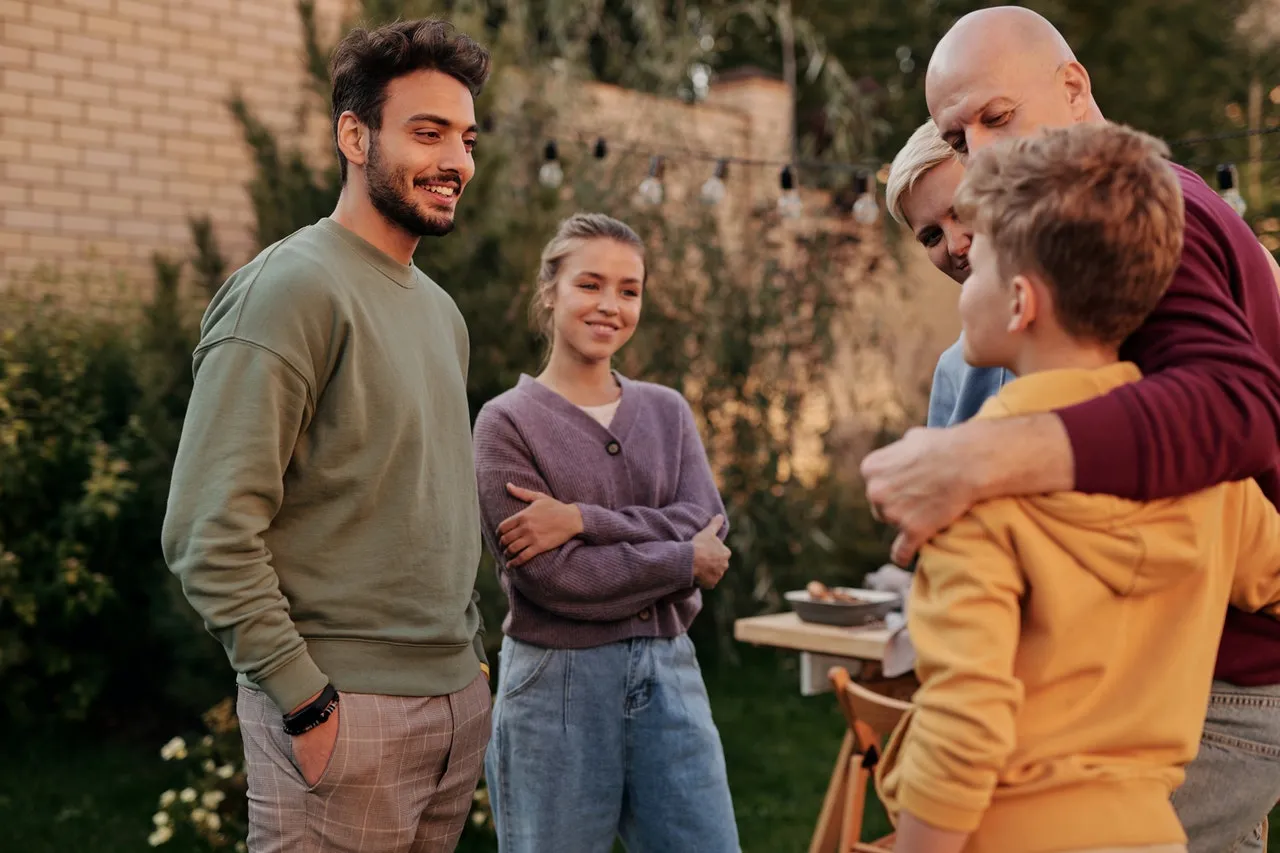When you’re interested in making a few changes to your yard or completely redesigning your landscape, a landscaping project has many considerations. Many homeowners immediately visit their local gardening supply store to shop, but it’s best to not follow suit. Pause for a moment and create a plan.
A plan will help you find the best fit for your needs, as well as your yard’s. It’s easy to go out and be tempted to shop for plants, only to come home and realize that they don’t fit your landscape. Instead of making costly mistakes, here’s how you can develop a plan and create a thriving and cohesive landscape.
Know Your Yard
This part can be technical, but it is essential in making sure that all of your plans in the future suit your unique landscape. Think about your soil, the topography of your site and regional climate when planning your landscape design. One of the best places to start is the USDA Plant Hardiness Zone Map.
Your yard’s specific conditions can create a microclimate based on the length and amount of shade and sun exposure your location receives. Microclimates can be broken down into the following categories: deep shade, shade, partial shade and full sun. Keep your landscape’s microclimate in mind when choosing plants for your yard.
Your yard’s topography is also important. Consider how to deal with the water in your area. The best design promotes water movement away from the house and towards other areas of the yard.
Who are the People Frequenting Your Yard?
Think about the people using your yard and how they’re going to use it. Will your kids be running around? Do you have pets? Do you want to use your yard for entertaining guests? Remember that each space of your yard can be used for different activities, which means you must focus on strategic hardscapes and planting. Consider installing a walkway to let people move from one place to another.
Maintenance is also another important consideration. Be realistic with this factor. Ask yourself: how much time and effort can you put into your yard? Can you maintain it by yourself or will you need professional help? Do you have the budget if you choose the latter?
Create and Link Spaces
Get the most out of your landscape by treating it as another room in the house. Just as your home has defined rooms, the same principle should apply to your yard. Wise use of your material lets you create different “rooms” in your backyard.
Think About the Themes
A theme gives your landscape a more uniform look. It can also help you choose the right materials and plants. Landscape themes can be as simple as creating a relaxation garden, using consistent forms or shapes throughout your yard and more.
When deciding on a theme for your landscape, consider the architecture of your house. Complement the style and lines of your home’s architecture in your landscape. Your yard is an extension of your house, after all.
Themes serve as a guide for the selection and placement of the plants, as well as the structures, hardscapes and decorations. If you need more insight, check out the University of Florida’s Landscape Design guide.
Make Your Plants Work for You
Early in the planning phase, determine your plants’ function in your yard. You can use your plants in different ways. They can provide you with beautiful scenery, delicious food, lovely aroma and more.
Plants can also double as barriers within your yard to identify the boundaries of your yard, give you access to an area or block views.
You can also alter your landscape’s site conditions by properly placing your plants. Wind, light levels and temperature are greatly affected by the plants and trees in a landscape. Your yard’s atmosphere can also be impacted by what you put into the design, which includes birdhouses or water features.
Pay Attention to Detail
Hardscapes, garden ornaments and plants have their visual details, from different shapes and forms to a variety of textures and colors.
By considering how these visual details can be used to contrast and complement each other, you can create a captivating and cohesive landscape.
But don’t just focus too much on the visuals. Consider the scent of the plants to make sure they enhance the experience for people who visit your garden.
Will your chosen blooms be fragrant? Will the scents of the plants’ complement one another?
Your landscape is an important part of your home. Instead of rushing to the nearest shop to buy plants, pause and plan first. A good plan ensures your landscape will thrive for a longer time.
